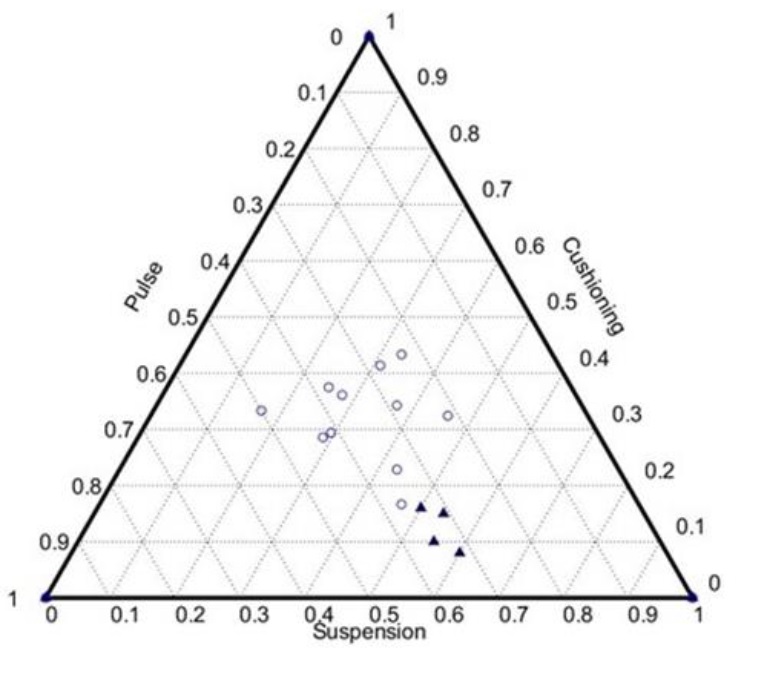Modeling performance in endurance sports
The computer programs developed and simulations carried out using the MATLAB programming language and platform prove to be useful for a better study of performance in athletes, particularly those specializing in long-distance running (marathon). Thus, in the article "Mathematical models for estimation and prediction of performance capacity in the 10 km EIFFAGE Dakar" published in 2019 in the Journal of Scientific Research at the University of Lomé, we were able to model and simulate performance variations in twenty-seven (27) athletes based on anthropometric and physiological variables. Principal component analysis allowed us to evaluate the main determining elements of performance among physiological, biomechanical, and anthropometric factors.

This analysis primarily revealed that both actual and predicted best performances are dependent on the athlete's wingspan and %VMA (maximal aerobic velocity). The predictions of aerobic performance in trained endurance runners using the maximal aerobic velocity over a distance of 10 km based on physiological and anthropometric parameters exhibit a correlation of approximately 75-80%. However, Senegalese athletes specializing in long-distance running lag far behind those from countries like Ethiopia and Kenya [Billat et al., 2013]. The article aimed to mathematically translate the biomechanical characteristics of Senegalese athletes' running, such as impulse, suspension, and damping, in order to compare them with those of international Kenyan or Ethiopian athletes (Figure 8). This initial comparison helped determine the essential variables to improve for better performance. The results showed the need to increase the stride suspension time from 0.3 to 0.5 and reduce the damping time from 0.35 to 0.15.